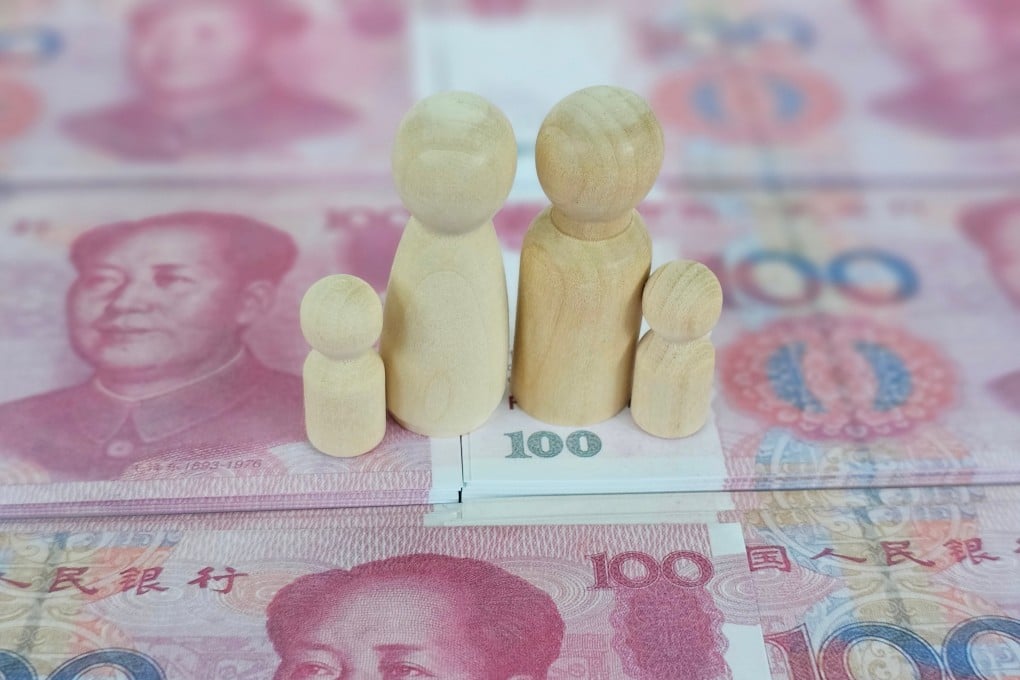Advertisement
My Take | China needs to boost nation’s household income to counteract pain from Trump tariffs
It is an urgent initiative that Beijing must pursue in the face of disruptions that Trump’s tariffs may cause to China’s export sector
Reading Time:3 minutes
Why you can trust SCMP
2

For nearly two decades, analysis of the global economic imbalance has become quite a cliché: the United States must produce more, while China needs to spend more. Even as Beijing rejected Western accusations of industrial overcapacity, the nation’s policymakers have focused on boosting domestic consumption.
Still, China’s progress in spurring domestic spending remains debatable.
Some economists see China making steady progress in implementing its “dual circulation” strategy, as the country has become less vulnerable to external shocks. According to official data, 85 per cent of China’s 100,000 business entities with export operations also cater to the domestic market, with local sales accounting for about three-quarters of this group’s total sales.
Other economists, however, pointed out that China has not reduced its reliance on exports. The nation’s exports have increased amid an extended slump in home sales and construction activity. Among the country’s three growth engines, exports have not lost steam, compared to investment and domestic consumption.
Mainland China’s export machine, however, is expected to see a slowdown this year and beyond, following US President Donald Trump’s imposition of higher tariffs against the country.
Although China has pledged further opening up to global investment and trade, the external environment could be less accommodating for mainland exporters owing to the high double-digit tariffs imposed by Trump on Chinese imports.
Advertisement
